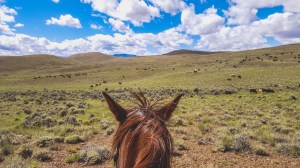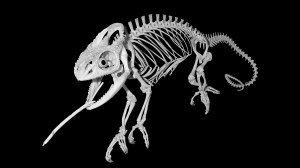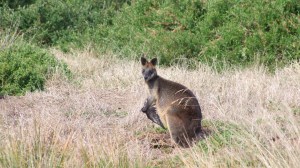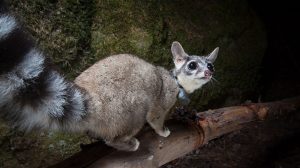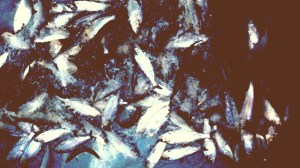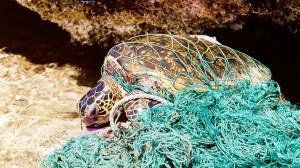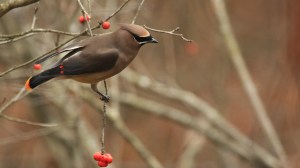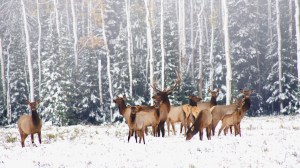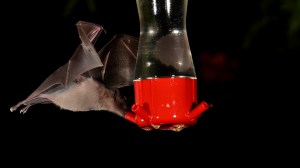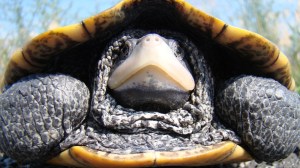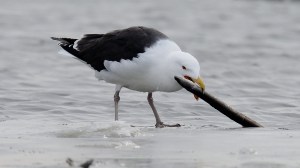Discover stories in Wildlife
Can Ancient Herding Traditions Help Cattle Coexist with Wolves and Sage Grouse?
On the Central Idaho range, a rancher looks to ancient herding traditions to help coexist with wolves, sage grouse and native fish. But challenges abound.
The Skeleton Revealed: Vertebrates As You’ve Never Seen Them Before
A remarkable look at vertebrate skeletons via the stunning displays of biologist Steve Huskey.
The Weird Tale of the Carrion-eating Swamp Wallaby
Have you ever observed a macropod consuming carrion? Share information about your own sightings, below.
The Cutest US Mammal You’ve Probably Never Seen
Meet the ringtail: the off-the-charts cute critter that could be hiding in your neighborhood.
Recovery: Benefits of Salmon Failure
Behind a well-publicized failure to recover Atlantic salmon is a largely unknown story of conservation success.
Accidents on the Ocean Highway: Improved Safety Program Needed for Marine Turtles
Sea turtles are often caught as bycatch, accident victims on the ocean highways. Fishers in Pakistan are leading the way in safe release of sea turtles and other species until new fishing technologies are developed to prevent bycatch.
A Birder’s Bookshelf: Essentials for the Well-read Avian Enthusiast
There should be more to your birding library than just field guides ... read on for our list of essential reading for the bird-brained bibliophile.
Waxwings Really Have Wax Wings
Cedar Waxwings really have wax on their wings. But what is the purpose of those red, waxy secretions?
Snow on the Hoof: How Deer, Elk and Other Western Wildlife Cope in Harsh Winters
Mule deer, elk and other hoofed mammals in the Rocky Mountain West migrate to escape winter. But what happens when they find more snow?
Recovery: Bats with Your Tequila
The first bat to be delisted by the Endangered Species Act also performs a vital ecosystem service: helping with a vital ingredient in your margarita.
Torpid Turtles, Tortoises, and Terrapins
Where do turtles go in winter? Here are just a few ways that the turtles in your neighborhood have adapted survive through cold spells.
How Blizzards and Extreme Cold Impact Birds
Even hardy birds can be taxed by extreme cold and snow. A look at the impacts of one particularly severe blizzard on our feathered friends.
